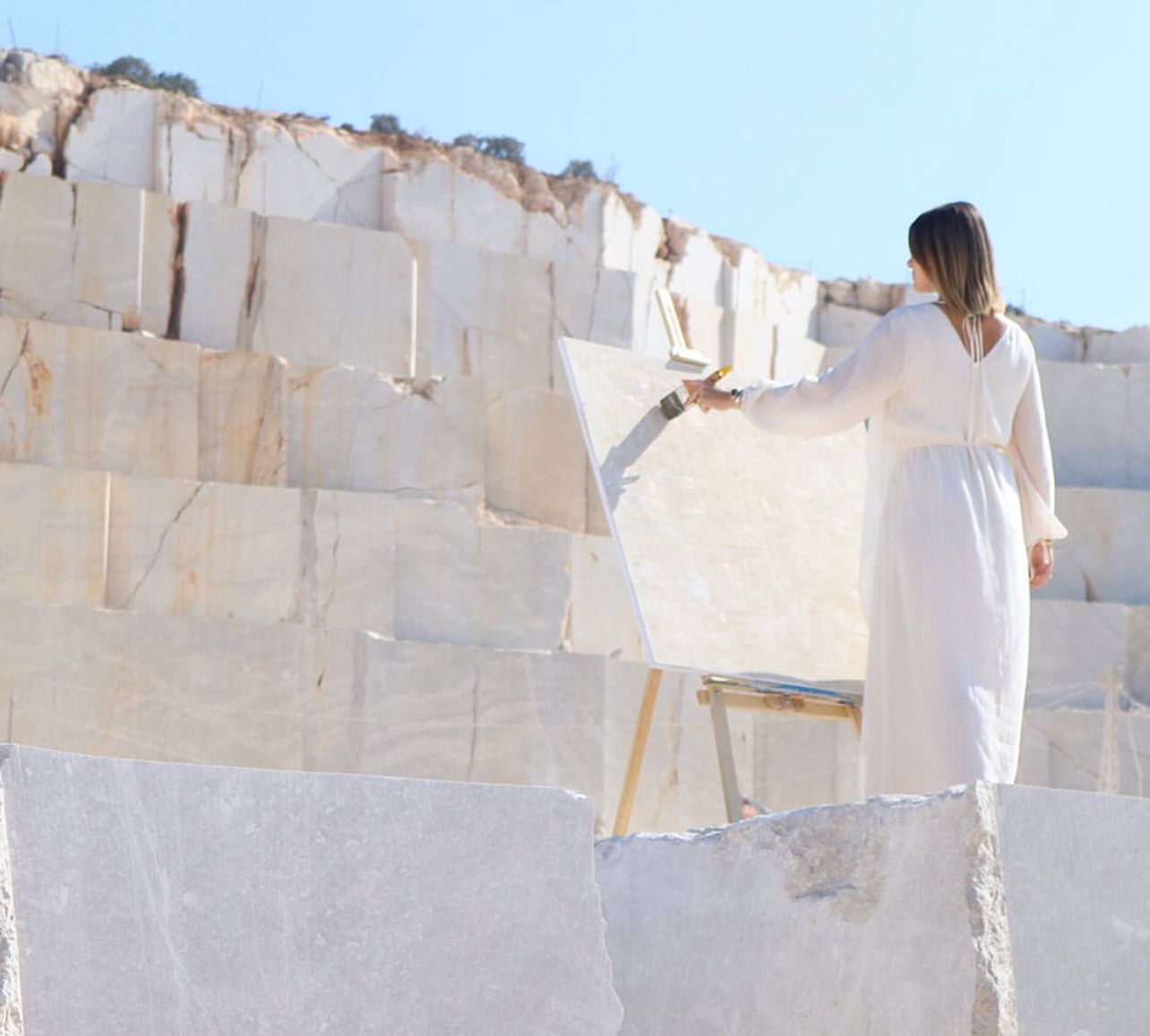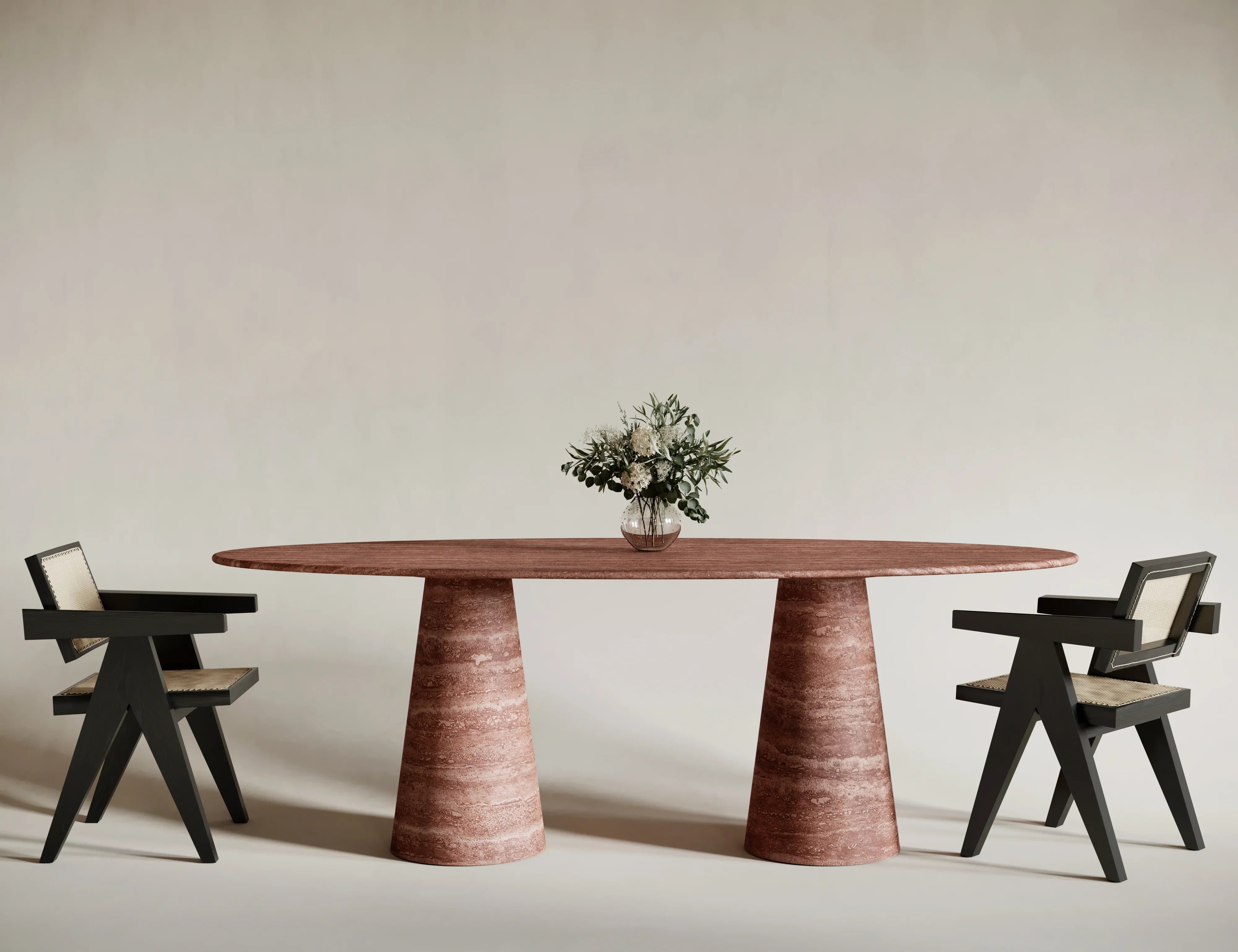
The Comprehensive Guide to Marble: Formation, Varieties, Applications, Maintenance, and Market Trends
Introduction
Marble, a classic and refined natural stone, has been an integral part of architecture and art for centuries. From ancient royal palaces to contemporary luxury interiors, it remains a hallmark of elegance and resilience. This article delves into the formation, different types, common applications, maintenance practices, and the latest market trends surrounding marble.
How Marble is Formed
Marble is a metamorphic rock that originates from limestone undergoing extreme heat and pressure over millions of years. This transformation causes the calcite minerals to recrystallize, creating the distinct veining and patterns that define marble. Various impurities, such as clay, sand, silt, and iron oxides, contribute to the stone’s diverse colors and textures.
The metamorphic process includes the following stages:
- Diagenesis – Sediments compact over time, forming limestone.
- Metamorphism – Intense heat and pressure transform limestone into marble.
- Recrystallization – The calcite structure develops into interlocking crystals, giving marble its unique aesthetic.
- Erosion and Quarrying – Natural erosion or extraction processes expose marble for use.
Popular Marble Varieties
Marble comes in numerous variations, each characterized by its unique color, veining, and mineral composition. Some of the most notable types include:
- Carrara Marble (Italy) – A white or bluish-gray marble with delicate veining, widely used in sculptures and classical architecture.
- Calacatta Marble (Italy) – Bright white with bold veining, a premium choice for high-end interiors.
- Statuario Marble (Italy) – A rare variety with dramatic veins, commonly found in luxury projects.
- Emperador Marble (Spain) – Dark brown hues with contrasting veins, often used in elegant spaces.
- Crema Marfil Marble (Spain) – Beige-toned marble popular for flooring and countertops.
- Nero Marquina Marble (Spain) – A deep black marble with striking white veins, ideal for contrast in design.
- Green Marble (India) – Rich green tones due to serpentine minerals, widely used in decorative applications.
- Makrana Marble (India) – Famous for its pure white color, notably used in the construction of the Taj Mahal.
- Thassos Marble (Greece) – A bright white, highly reflective marble, sought after for its luminous quality.
- Danby Marble (USA) – A durable white marble with subtle veining, frequently chosen for kitchen countertops.
Common Uses of Marble
Marble’s versatility makes it suitable for a wide range of applications across industries:
- Architecture & Construction – Used in flooring, countertops, columns, and wall cladding.
- Sculpture & Art – Celebrated masterpieces, such as Michelangelo’s David, were carved from marble.
- Furniture & Interior Design – Frequently used for tables, fireplaces, and home accessories.
- Luxury Products – Found in high-end watches, jewelry, and designer bathroom fixtures.
- Industrial Applications – Crushed marble is an ingredient in cement, glass, paints, and plastics.
Caring for Marble
Although marble is an exquisite material, it is porous and requires regular care to preserve its beauty:
- Sealing – Applying a sealant helps protect the surface from stains.
- Cleaning – Use pH-neutral cleaners and avoid acidic substances like vinegar or lemon.
- Polishing – Professional polishing can restore the stone’s shine and remove surface imperfections.
- Preventing Damage – Heavy impacts may cause chips or cracks, so caution is needed.
- Moisture Control – Excess humidity can lead to discoloration or structural damage over time.
Market Trends & Sustainability in the Marble Industry
The marble industry continues to evolve with advancements in technology and sustainable practices. Key developments include:
- Eco-Friendly Quarrying – Efforts to minimize environmental impact through responsible extraction methods.
- Engineered Marble – Composite materials that replicate the look of marble while offering enhanced durability.
- Digital Innovation – The use of 3D printing and CNC cutting expands design possibilities.
- Rising Demand in Emerging Markets – The increasing use of marble in luxury projects across Asia and the Middle East.
- Reclaimed & Recycled Marble – Growing interest in repurposing marble from older structures to promote sustainability.
Conclusion
Marble continues to be a highly valued material in both traditional and modern design. A thorough understanding of its formation, varieties, uses, and maintenance is essential for making informed decisions. As technology and sustainability practices advance, the future of the marble industry looks promising, with innovative solutions expanding its applications worldwide.

